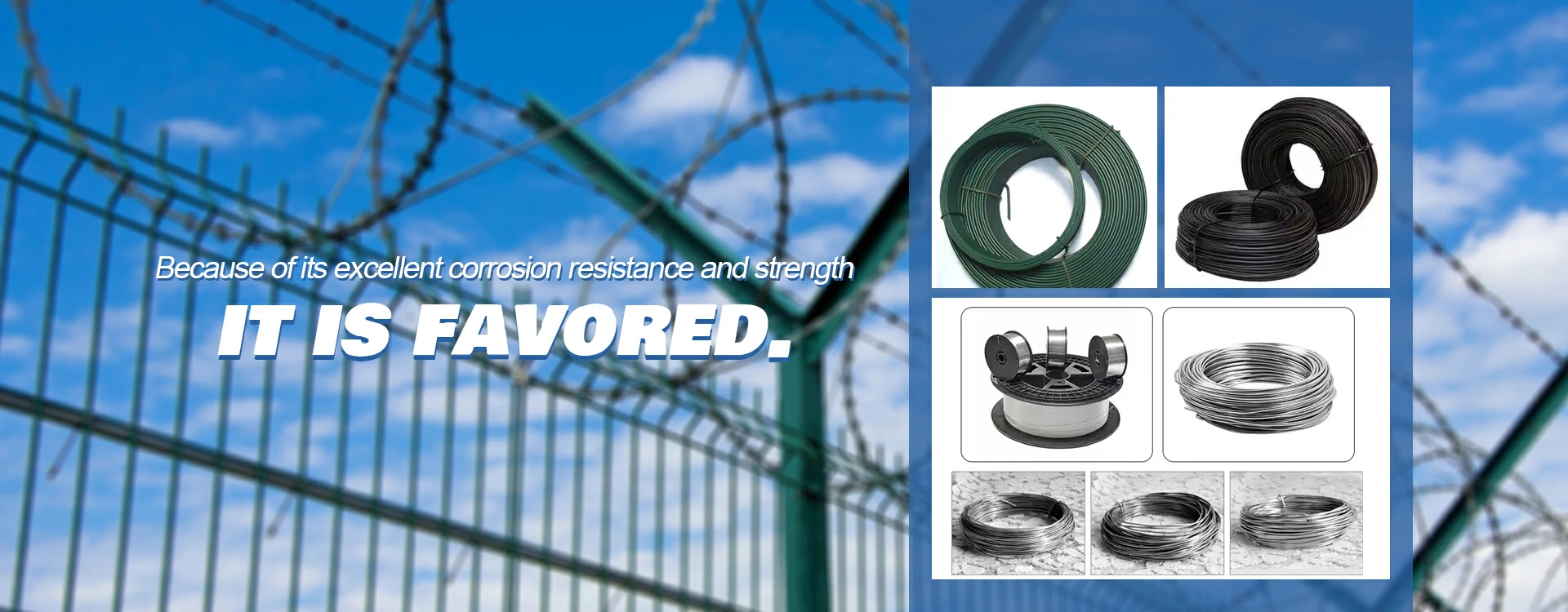 TEL:
+86-13102802206
TEL:
+86-13102802206
 Email:
fencenetting@china.com
Email:
fencenetting@china.com
 Language
Language
 TEL:
+86-13102802206
TEL:
+86-13102802206
 Email:
fencenetting@china.com
Email:
fencenetting@china.com
 Language
Language


Installing a Pool Fence A Comprehensive Guide for Safety and Aesthetic Appeal
Pools are a source of joy and relaxation for families, especially during the hot summer months. However, they can also pose significant safety risks, particularly to young children and pets. One of the most effective ways to ensure pool safety is by installing a pool fence. In this article, we will discuss the essential aspects of installing a pool fence, including types of fences, installation tips, materials, and the benefits they offer.
Importance of a Pool Fence
A pool fence acts as a barrier to prevent unauthorized access to the pool area, significantly reducing the risk of accidental drowning. According to the U.S. Consumer Product Safety Commission, drowning is the leading cause of unintentional death for children aged one to four. Installing a pool fence can provide parents with peace of mind, knowing they have taken crucial steps to protect their loved ones. Additionally, many states have regulations that require a barrier around pools to ensure safety compliance.
Choosing the Right Type of Pool Fence
There are various types of pool fences available, each offering unique benefits
1. Mesh Pool Fences These are lightweight and removable, making them an excellent choice for families who want a flexible option. Mesh fences can be customized to fit your pool's dimensions and are often considered the safest option for young children.
2. Glass Pool Fences For those who desire an unobstructed view of the pool area, glass fences are aesthetically pleasing while maintaining safety. They are durable and easy to clean, but they can be more expensive than other options.
3. Aluminum or Steel Pool Fences These metal fences are strong and durable, offering robust security. They come in various styles and colors, allowing homeowners to match the fence with their property’s design. However, metal fences may require maintenance to prevent rusting.
4. Vinyl Pool Fences Vinyl offers a blend of durability and style. It is resistant to fading and cracking, making it a low-maintenance option. Vinyl fences come in various designs, providing versatility to match your backyard aesthetic.
Installation Tips
Installing a pool fence can be a DIY project, but it requires careful planning and execution. Here are some tips to consider

1. Check Local Regulations Before installation, check local building codes and regulations regarding pool fences. Requirements can vary by location, and some areas may have specific height and gate standards.
2. Choose the Right Location The fence should enclose the entire pool area and should be located at a reasonable distance from the pool’s edge. This ensures that children cannot easily climb over or reach the pool.
3. Hire Professionals if Necessary If you are not experienced in home improvement projects, it may be wise to hire professionals for the installation. They can ensure that the fence is installed securely and in compliance with local regulations.
4. Regular Maintenance After installation, regularly inspect the fence for any damage or wear. Ensure that gates close securely and that there are no climbable surfaces nearby.
Benefits of A Pool Fence
The advantages of a pool fence extend beyond safety
- Increased Property Value A well-installed pool fence can enhance the aesthetic appeal of your backyard, potentially increasing your property’s resale value.
- Peace of Mind Knowing there is a barrier in place allows parents to relax and enjoy their time by the pool without constant worry.
- Defined Space A fence creates a defined space for your pool area, helping to keep the rest of your yard usable and organized.
Conclusion
Installing a pool fence is a vital step in ensuring the safety of family members and pets around swimming pools. By choosing the right type of fence and following proper installation techniques, you can create a safe and beautiful environment for everyone to enjoy. Remember, safety should always come first, and investing in a pool fence is one of the best decisions you can make as a responsible pool owner.